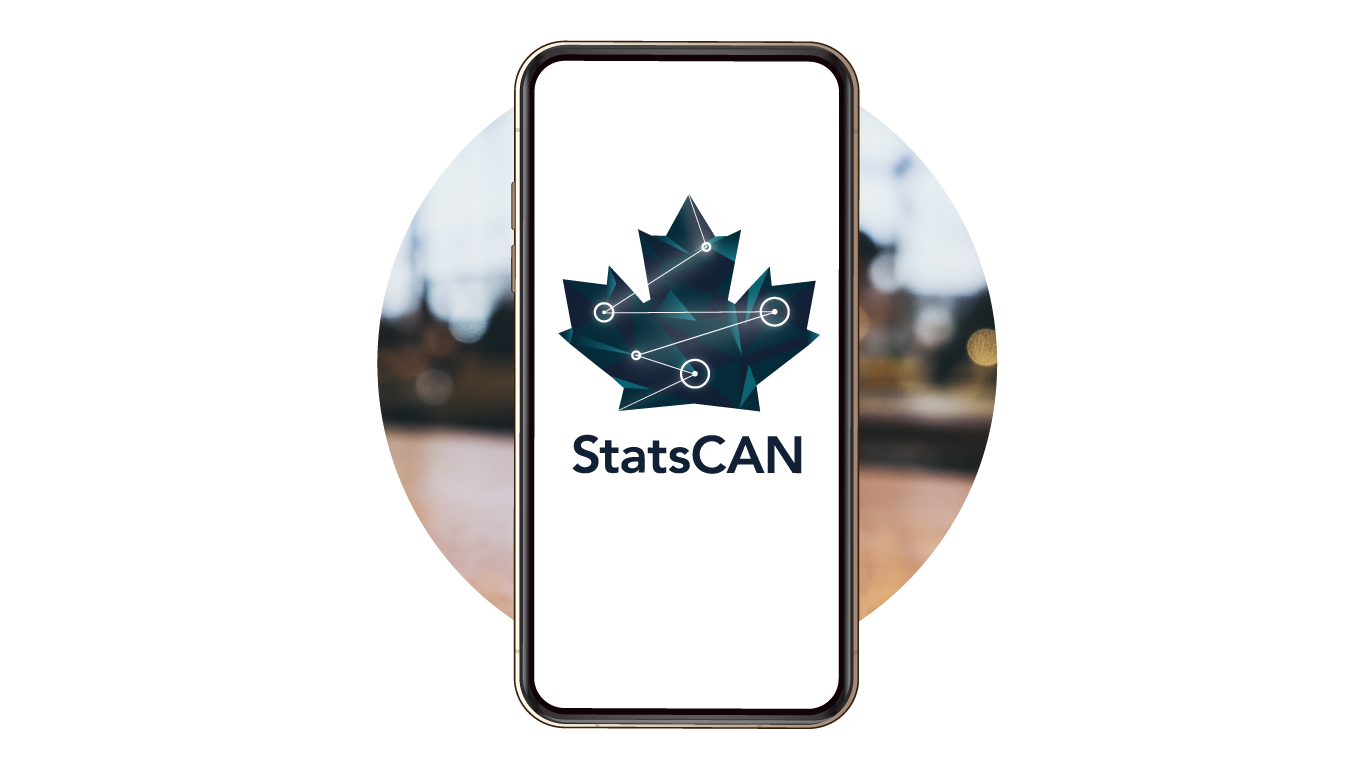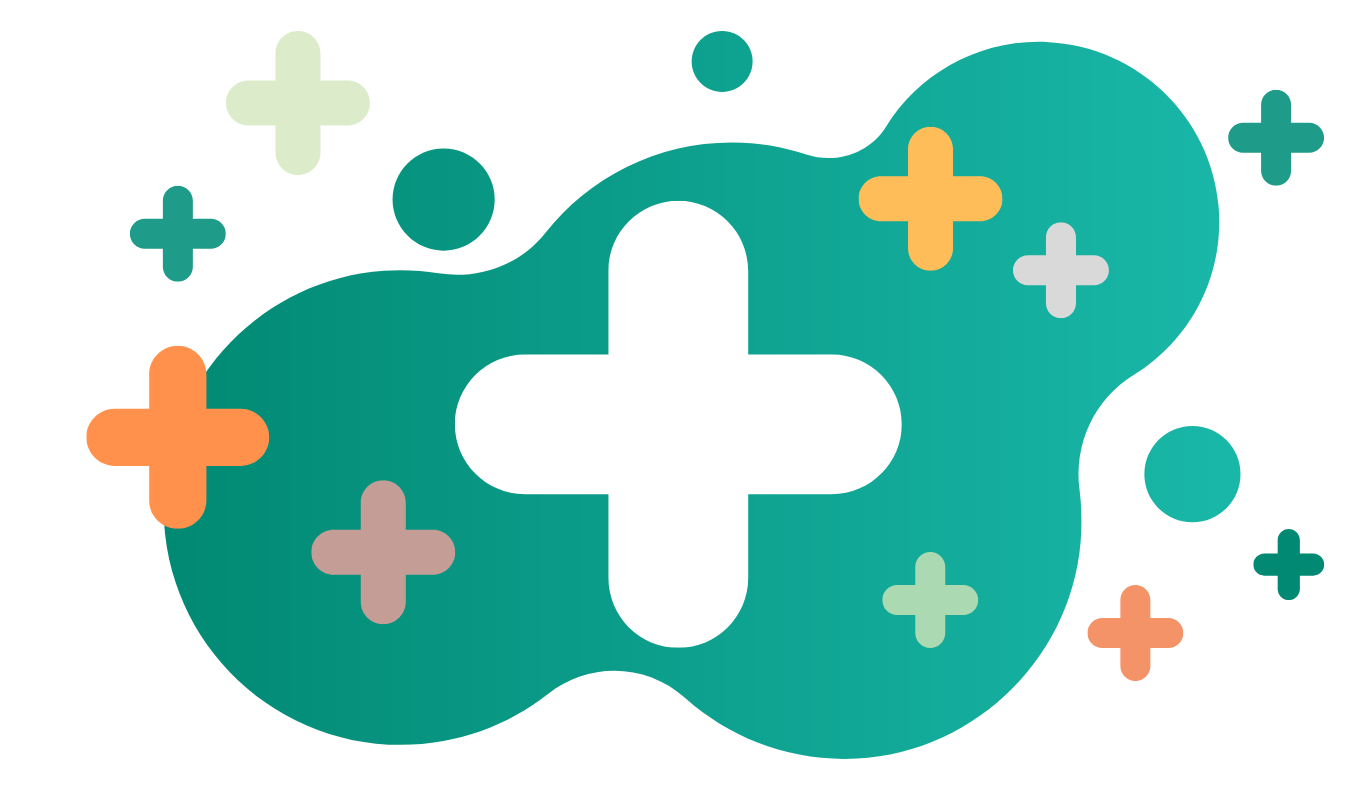
The 2022 Canadian Survey on Disability (CSD) found that more than one in four Canadians aged 15 years and older (27%), or 8.0 million people, had one or more disabilities that limited them in their daily activities. This rate is up by 5 percentage points from 2017 (22%).
For Canadians with a disability, going on vacation unfortunately might not mean getting away from barriers to accessibility that they may face in their everyday lives. The 2022 CSD surveyed Canadians with a disability on 27 types of barriers.
Let’s have a look at some of these barriers that are likely to also be encountered on vacation, such as finding a public washroom, waiting in lines, getting around in a new town or city, and communicating with staff by person or by phone.
Nearly three in four people experienced at least one barrier
Nearly three in four Canadians with a disability (71.9%), or more than 5.7 million people, said they experienced at least one barrier in 2022, with slight variation across the provinces. One in five people (19.5%) said they did not experience barriers.
Entrances or exits and washrooms
Among disability types, a high proportion of those with a mobility- (29.2%), dexterity- (28.7%), or flexibility- (26.0%) related disability sometimes encountered barriers to accessing entrances and exits to buildings. Those with a dexterity disability encountered this barrier often (7.9%) or always (5.3%).
Roughly equal proportions of those with a dexterity- (18.9%) or mobility- (18.3%) related disability said that they sometimes encountered barriers to accessing a public washroom.
Wait lines
Waiting in lineups is often part of vacation—either for a spot on a patio or to get into a museum or another type of destination. For 7.9% of persons with a dexterity disability, it was always a barrier. Those with a mobility (7.1%) or memory (7.0%) disability said the same.
Higher proportions of all persons with a disability reported at least sometimes encountering barriers with wait lines, compared with accessing entrances or exits to buildings and with public washrooms.
Signs or directions and pedestrian signals
Persons with a memory disability sometimes (19.1%), often (5.7%) or always (4.8%) faced a barrier related to signs or directions. Proportions were close for persons with a developmental disability sometimes (18.3%), often (5.6%) and always (6.3%) facing this obstacle.
More than 1 in 10 persons with a dexterity disability (13.1%) sometimes encountered this type of barrier.
Staff of a business
More than one in four Canadians with a developmental disability (26.4%) at least sometimes experienced a barrier in terms of behaviours, misconceptions or assumptions from the staff of a business, followed by those with a memory (22.8%) or learning (22.2%) disability.
Online bookings
High proportions of those with a memory (14.3%), learning (13.3%) or developmental (12.4%) disability at least sometimes experienced this type of barrier using the Internet for booking appointments, services or reservations. At least 10% of those with a flexibility, mental health-related, seeing, hearing or dexterity disability also sometimes faced this barrier.
Over the phone
When communicating by voice over the phone with others, such as the general public, customer service or government representatives, high proportions of those with a hearing (28.5%), memory (28.2%), learning (26.8%) or developmental (25.6%) disability sometimes experienced a barrier.
For more information
Visit the "Barriers to accessibility among persons with disabilities in Canada" data visualization tool to view our data in an interactive format and to learn more about how Statistics Canada collects information about barriers from survey participants.

StatsCAN app
Did you know you can read StatsCAN Plus articles and more on the StatsCAN app? If you’re already using the app, let us know what you think by leaving a review in the App Store and Google Play.
Contact information
For more information, contact the Statistical Information Service (toll-free 1-800-263-1136; 514-283-8300; infostats@statcan.gc.ca) or Media Relations (statcan.mediahotline-ligneinfomedias.statcan@statcan.gc.ca).

